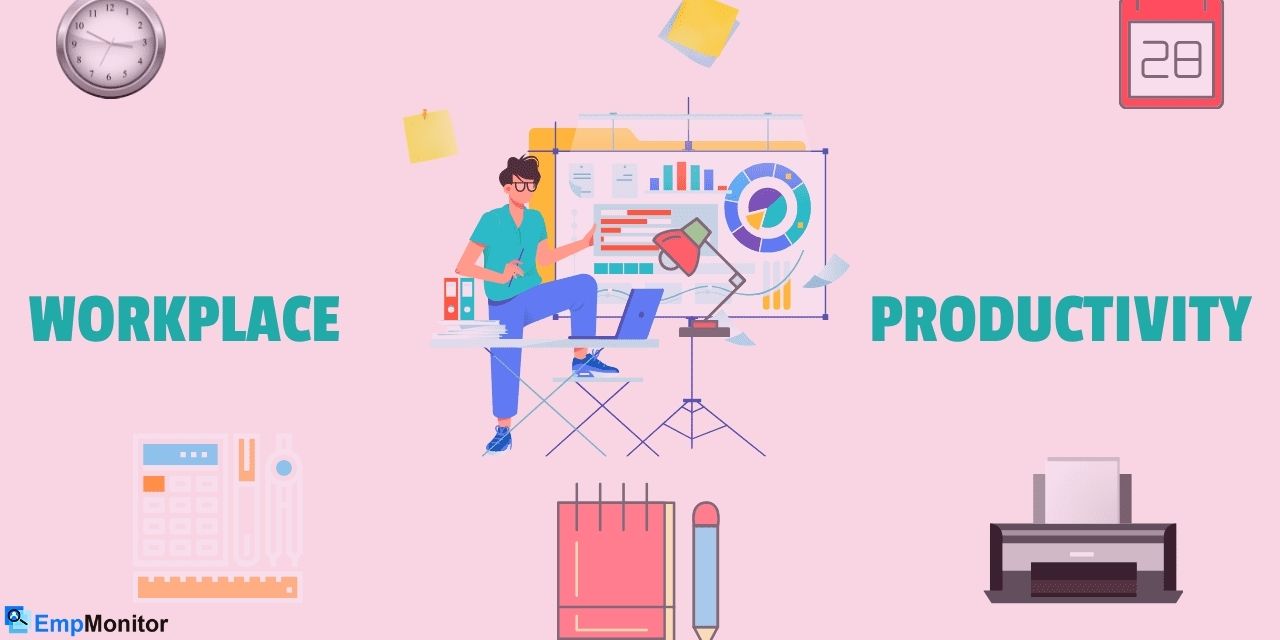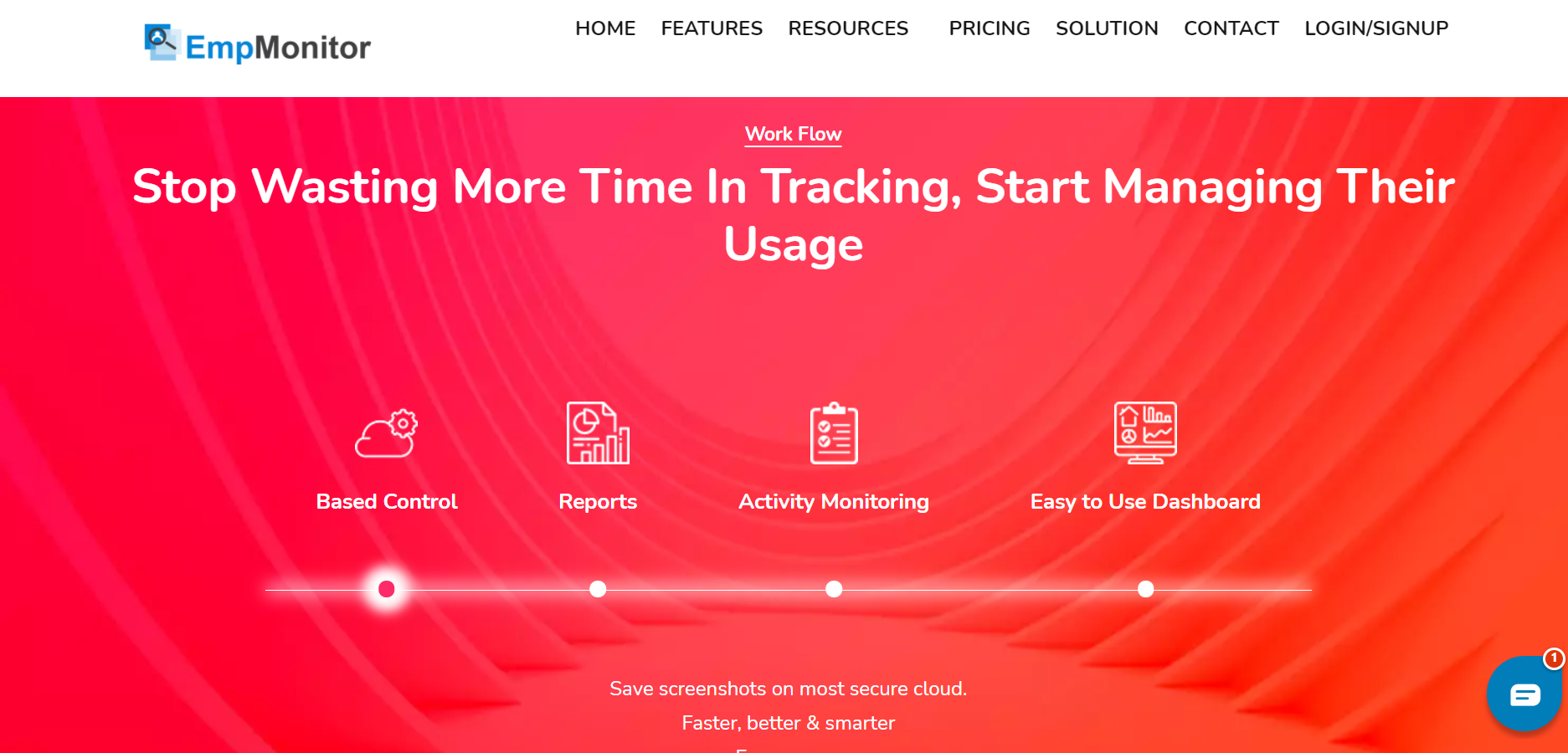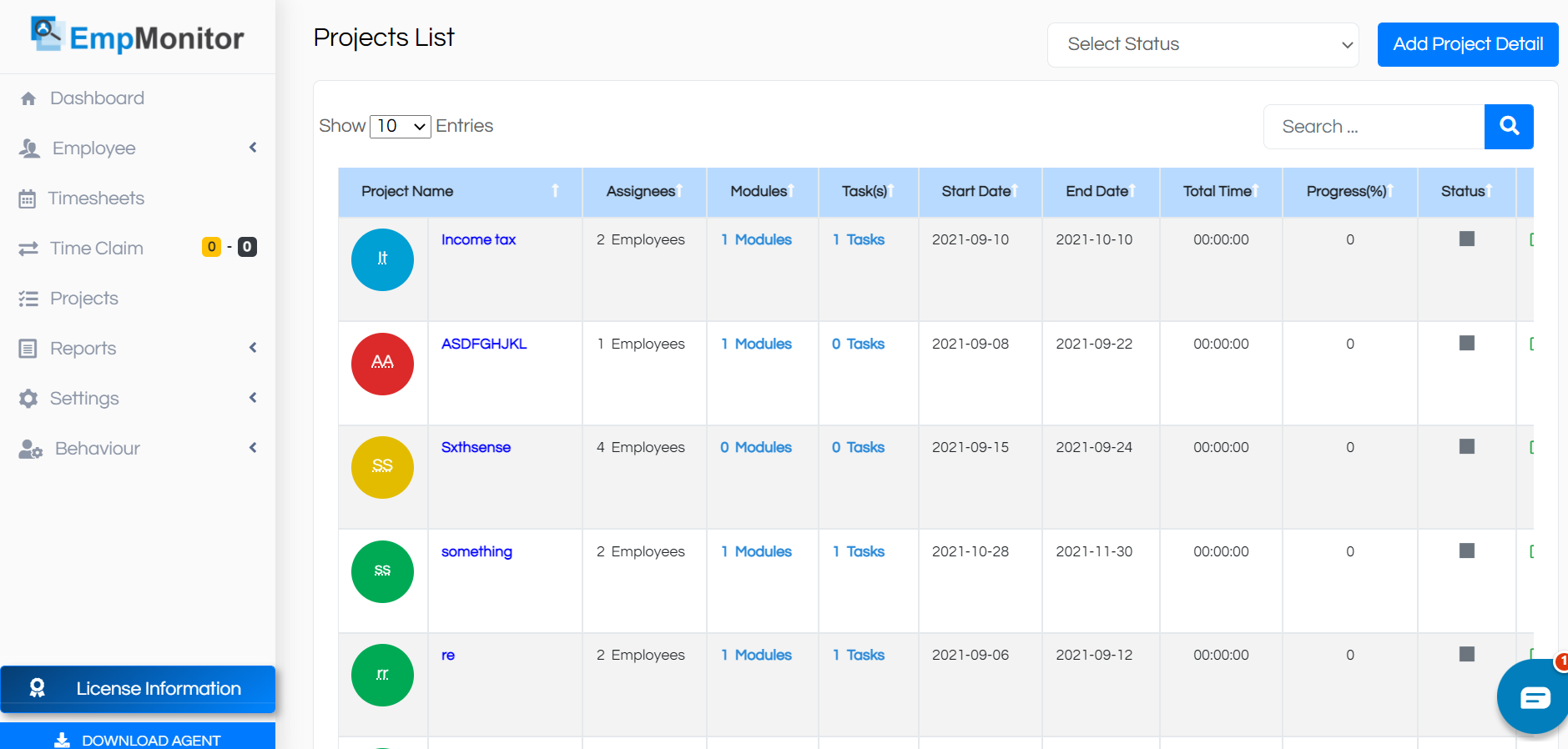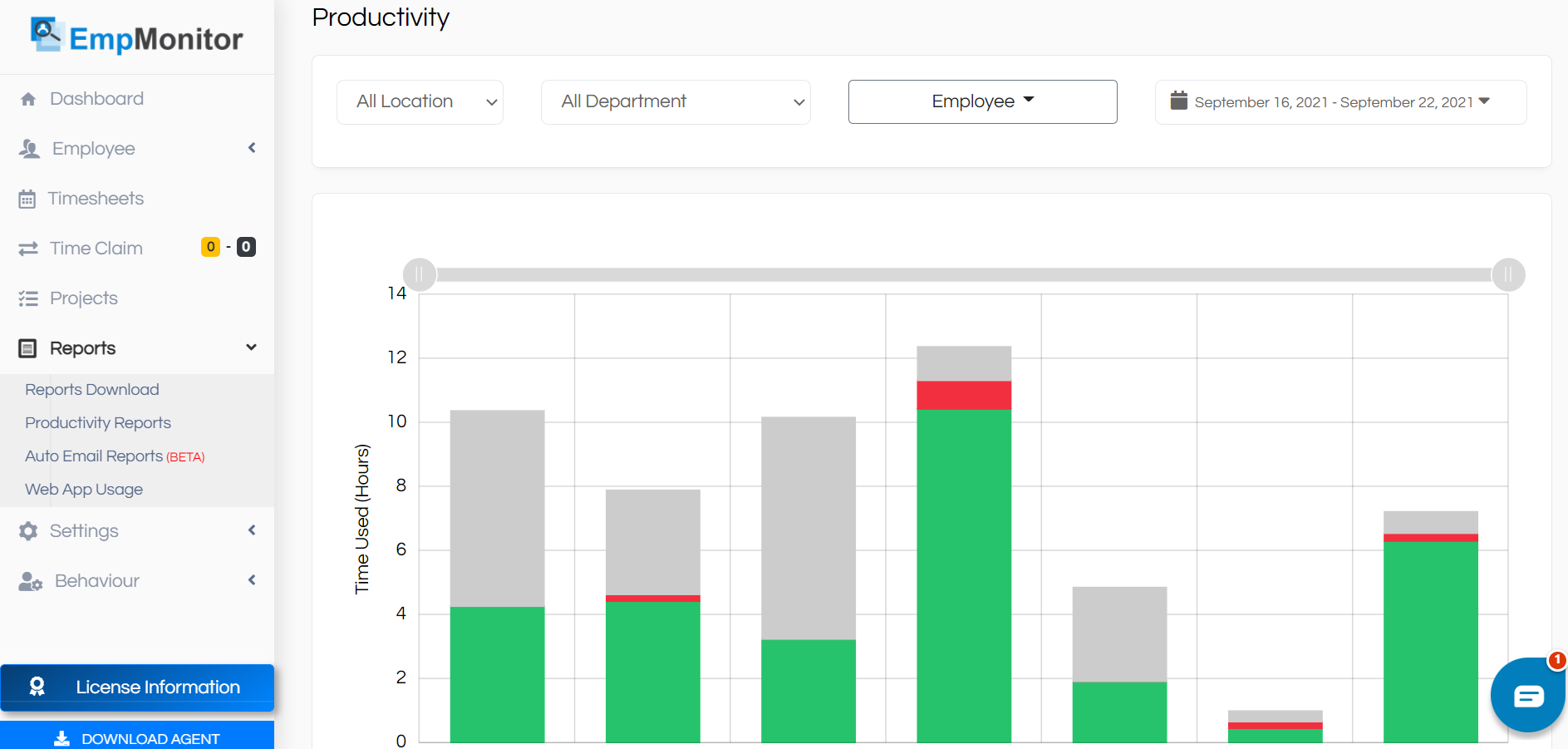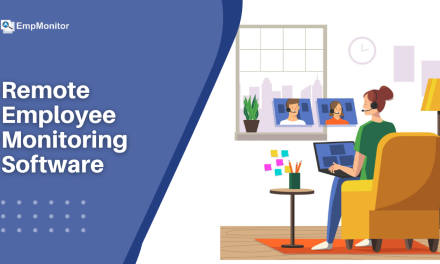With a shift in economic drivers of the community, the productivity parameters have become a matter of increasing concern.
While understanding Productivity, seek to acknowledge that it is all about doing what weighs on priority and planning to accomplish goals in less time.
Being productive, we picture someone pushing the deadlines and trying to grow despite being extremely busy all the time.
On the contrary, it is getting the desired output with less effort and time without being overworked, stressed, or continually moving all the time.
Productivity Definition
According to Wikipedia-
Productivity is the efficiency of production of goods or services expressed by some measure. Measurements of productivity are often expressed as a ratio of an aggregate output to a single input or an aggregate input used in a production process, i.e. output per unit of input, typically over a specific period of time.
In simpler terms, it is the output result measured in the context of the input given in terms of effort to measure efficiency.
It helps businesses determine the amount of labor needed to complete a job, or measures needed to increase the profitability of the organization.
Understanding productivity enables employees to finish more tasks in less time. For this, organizations and different individuals within different roles may find themselves calculating it for themselves or others.
How to Calculate Productivity?
Formula
The mathematical formula is the output produced divided by the input provided.
Productivity= Output/ Input
This formula is the underlying principle for various productivity metrics like- revenue per employee, revenue per hour, units produced per hour, etc.
For the economy, it is calculated as a ratio of gross domestic product of (GDP) to hours worked.
Understanding Productivity
Productivity measurement tells us about the competitiveness and economic growth of that organization or country. A country’s ability to improve its living standard depends on its ability to raise its output per worker (i.e., producing more goods and services for a given number of hours).
Furthermore, economists use productivity growth to model the productive capacity of economies, determine capacity utilization rates, which forecast business cycles and future levels concerning GDP growth.
Additionally, production capacity and utilization are key determining factors for assessing demand and inflationary pressures.
Labor productivity is segregated by sector to analyze the trends in labor growth, wage levels, and technological improvements.
At the corporate level, it is a measure of the efficiency of a company’s production process by measuring a company’s net sales relative to employee labor hours. Corporate profits and shareholder returns are directly linked to productive growth.
Why Calculate It in the Workplace?
Understanding employee productivity helps businesses adapt to impactful financial growth, which saves money and generates additional revenue.
The productivity of an employee is the amount of work they complete in a fixed duration of time. Several other external factors influence it at the workplace, like the economy, competition, etc., which can affect but are uncontrollable determinants for an organization.
However, calculating can help employers understand and optimize their workforce and be more agile in the face of changes.
Today, we have many applications available that help calculate employee efficiency at the workplace while monitoring every movement performed at their end.
One such best productivity app or Tool of Productivity is EmpMonitor, which can be the productivity planner solution you have been looking for in your organization.
EmpMonitor is this new age software application that easily sails you through many of your employee time management and task management-related concerns through remote monitoring functionalities like- activity tracking, time tracking, project management, and user behavior analytics.
With its advanced real-time computer monitoring software, you can access your account from anywhere and monitor, record, and audit the on-screen movement of every employee’s system.
EmpMonitor’s Primary Benefits-
- Enhanced Productivity
- Graphical reports
- Save time and money
- Data Security
- Stealth Operation
- 24*7 Support
Productivity Through EmpMonitor
EmpMonitor provides project lists with project names, modules, tasks, start and end date of the project along with total time taken to complete a project. Also it gives updates on the progress of a project with current status.(See the image below)
Furthermore, it provides regular productive hours with graphs to better understand the working patterns of your employees.(See image for graphical description)
Considerations When Calculating Productivity
While doing a calculation, consider the following factors to get accurate results-
Industry
Always measure the productivity by the industries, because some sectors like sales & marketing measure the output value by money generated, and manufacturing industries measure the number of items completed for accurate measurement.
The service industry has a different range of challenges because outputs are intangible.
In these cases, a measurement of performance based on tasks completed may make more sense over an actual number of items or money produced. Be prepared to tweak how you represent values based on industry standards for measuring production.
Corporate Targets and Benchmarks
Target productivity is measured upon established benchmarks within your organization, like call centers, which have a common benchmark by number of calls made over an 8-hour shift.
But in some industries, benchmarks may not be clear. For example, a service-based start-up might not have a predefined set of benchmarks for the type of product they are rendering or for the specific industry.
In these cases, companies look to the existing data about their production. So, focus on your targets and benchmarks before calculating the final productivity of your organization.
The Measure of Efficiency
Productivity doesn’t tell you how well tasks are completed. To understand how strong your workforce is, calculate efficiency as well.
Methods of Calculating
Methods of calculation are dependent on employee output and there are several ways to do this. Below are some methods for establishing baseline methods of calculating:
Soliciting Feedback
A common way of determining accurate calculations for productive employees is to conduct feedback from other employees. This method occurs when an employer surveys an employee’s supervisors, coworkers and subordinates and asks them to evaluate the contribution of a team member in specific steps that include written surveys, verbal communication and training on how to conduct a review of another employee.
It can be very effective at getting a baseline understanding of an individual’s work efficiency at the workplace.
Total Sales Method
If surveying employees is not suitable for you, another equation you might use for broad understanding is total sales during a given period divided by total hours worked in that period.
To arrive at a reasonable calculation, you could take your total sales and divide it by the sum of numbers of employee hours like this:
$3,000 / 80 = $37.50 / hour
How Can You Be More Productive?
As you work towards it, understand the difference between movement and achievement, to-do lists ensure accomplishing tasks, but they don’t ensure reaching ultimate goals.
There are many ways to increase your productivity. Choose the right ones according to your goals by cutting time on wasteful activities which sometimes go unnoticed.
Some Solutions-
Look to More Productive People in Action
Get inspiration from achievers who are doing it better than you and have mastered the art of time management. Successful people have mastered the art of getting more done in less effort and time
If you desire to increase your work productiveness, model yourself after a colleague known for their productiveness. Talk to them, observe them and try to follow the footprints in being more productive rather than getting jealous about their efficient ways.
Look for inspiration from people with a clear vision for their day, set limits on their time, and get projects done on time or sometimes earlier than the designated time.
Ask them how they achieved this structure and if they’re using any tools. You can start to design your method by emulating their model of success.
By finding people that illustrate meaningful productiveness that resonates with you, you can also increase your work efficiency, both at work and at home.
Make It a Habit
Better efficiency demands better efforts on your end.
It can take up to three months to form a new habit, whether that’s creating a daily checklist of tasks to guide your day or building out a weekly gym habit.
Once something becomes a habit, it becomes much easier to integrate into a routine. Soon, you realize that a task can become second nature. By turning productivity into a habit, you can achieve far more in your professional and personal life.
Simple Tips to Everyday Become More Productive
1. Manage Your Energy
Analyze your daily routine by checking upon what tasks get better performed at which time of the day. If you take a moment, you’ll realize that you are more expert at doing specific tasks at certain times due to your energy levels at that time.
2. Prepare Your to-do-lists the Night Before
If you only do one thing each day then spend a few minutes each night organizing your to–do list for tomorrow. It takes 10 minutes a night before and saves 3 hours the next day. It works, try this!
3. Prioritize Your Tasks
Prioritize your tasks as per their requirement in your schedule so that you accomplish goals in time without wasting time on non-required projects or tasks.
4. Turn Your Phone Off While Working
Put your phone out of sight and preferably switch it off to eliminate the urge to constantly check text messages, Facebook, Twitter, and so on. This simple strategy streamlines your whole day, and you will acknowledge that you saved yourself enough time for meaningful work.
5. Work in a Comfortable Environment
Sitting in a comfortable, refreshing environment while working helps your mind and body focus more on your tasks. If you are sitting in a hot room, you feel sluggish and unmotivated.
6. Sit Up or Stand Up
When you sit hunched over, your chest is in a collapsed position and your diaphragm is pressing against the bottom of your lungs, which hinders your ability to breathe easily and deeply.
Sit up straight or stand up and you’ll find that you can breathe easier and more fully. As a result, your brain will get more oxygen and you’ll be able to concentrate better.
Latest Post-
12 Reasons of Using Employee Time Calculator in Your Organization
11 Effective Remote Team Management Tips 2022
Benefits of Having Computer Screen Monitoring Software for Your Business
Final Words
Productivity is being able to make the most of your time with less effort and create lasting habits of achievement and fulfillment instead of chasing endless lists of tasks. So, work smarter, not harder.
And ask yourself the following questions before setting parameters-
- Purpose of your goals ?
- Do you want to take better care of your family, your community or the environment?
- Do you want to make more money?
- Do you want to increase it to improve your habits?
- What’s the hunger or purpose that’s driving your actions? Do you want to be the best version of yourself?

